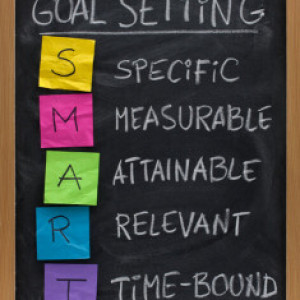10 Smart Goals for Project Managers - Goal Settings Tips and Examples
SMART goals are a framework for setting goals that are specific, measurable, achievable, relevant, and time-bound. This framework can be applied to goal setting in the context of project management, where project managers can use SMART goals to ensure that their goals align with the overall objectives of the project and the organization, and that they can be realistically achieved within a specific timeframe.
- Specific: The goal should be clear and specific, so that it's easy to understand and communicate to others.
- Measurable: The goal should be quantifiable, so that progress can be tracked and measured.
- Achievable: The goal should be realistic and achievable, taking into consideration the resources and constraints of the project.
- Relevant: The goal should align with the overall objectives and vision of the project and the organization.
- Time-bound: The goal should have a specific deadline for completion.
For example, a SMART goal for a project manager could be: "To increase the team's productivity by 15% within the next quarter, by implementing daily stand-up meetings, setting clear deliverables, and providing regular performance feedback." This goal is specific (increase team productivity), measurable (by 15%), achievable (with the implementation of certain tactics), relevant ( productivity is important for the project) and time-bound (within the next quarter).
Goal settings tips and examples
- Increase team productivity by X% within the next quarter.
- Reduce project costs by X% within the next six months.
- Increase customer satisfaction ratings by X% within the next year.
- Complete all project deliverables on schedule within the next quarter.
- Improve communication and collaboration among team members.
- Develop a risk management plan for the project and implement it within the next quarter.
- Increase the number of completed projects within the next year by X%.
- Enhance the quality of the deliverables by implementing a quality management plan within the next quarter.
- Build and maintain a good relationship with key stakeholders throughout the project.
- Continuously evaluate and improve project management processes throughout the project.
It's important to keep in mind that SMART goals are Specific, Measurable, Achievable, Relevant, and Time-bound. So make sure your goal statements align with this criteria. Also, make sure that the goals are aligned with the overall goal and objectives of the organization to be relevant.




